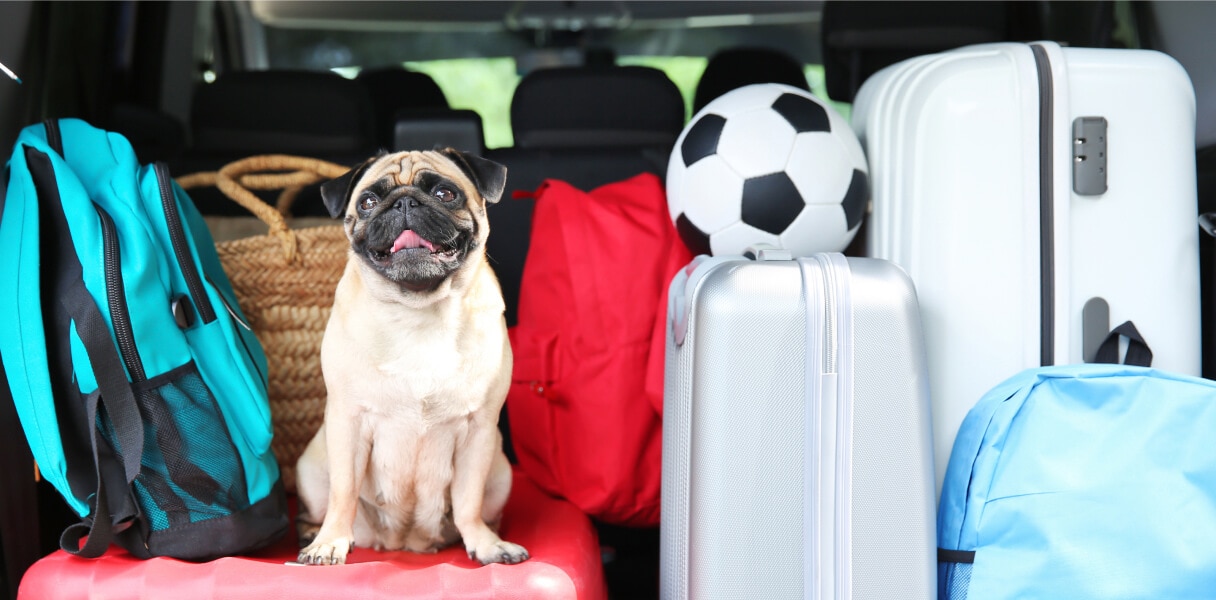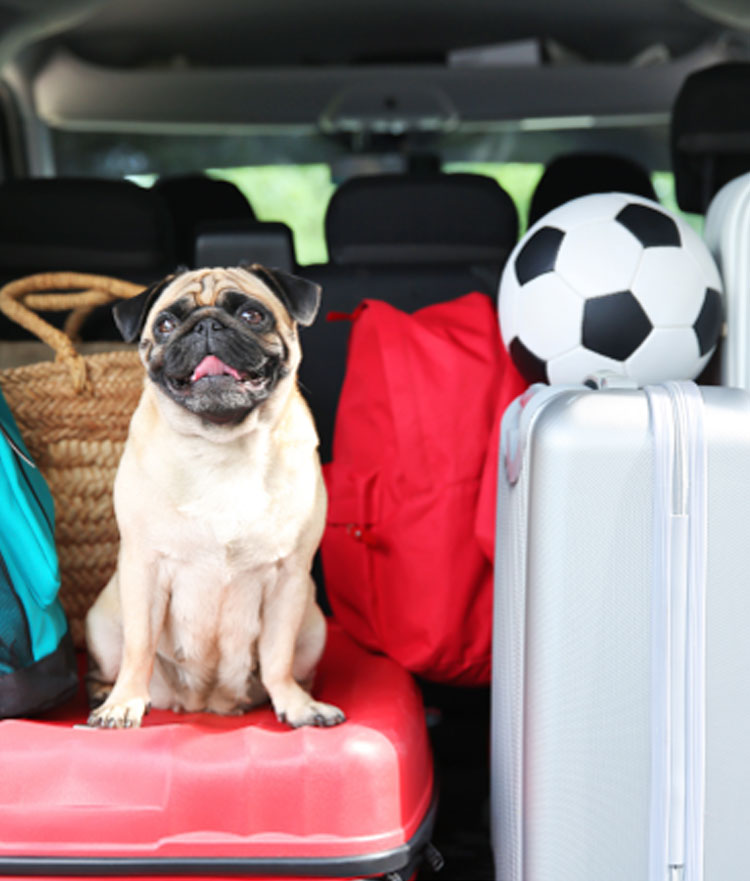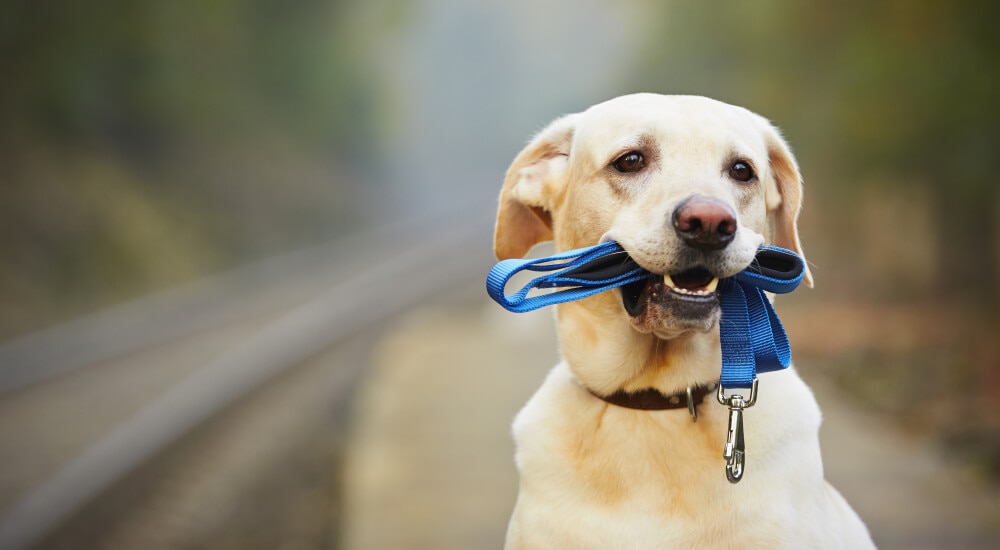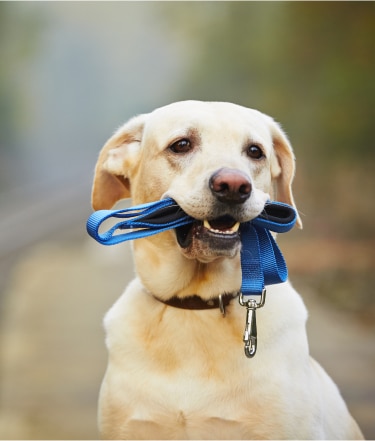Expert tips: How to troubleshoot potential travel-with-pet issues


As exciting as it is to hit the road for a roadtrip with your cat or dog — you still want to be prepared for problems that might arise along the way.
All travel involves at least a tiny element of stress (think: a forgotten charger, an unexpected road closure, or the desperate need for a bathroom break), but it is possible to minimize the anxiety of travelling with a pet using some key prevention and planning approaches .
We talked to Janet Bredin, the shelter manager of the North Bay and District Humane Society, about the safest, smartest way to take your pet on the road with you.
Here is her advice to some of the most pressing pet travel questions.


What do I do if my dog or cat gets sick and we're far away from their regular vet?
Bredin, who has been with the Humane Society for more than a decade, regularly organizes transport for dozens of pets across provincial lines as part of the Humane Society's rescue efforts, done in conjunction with other organizations like Pet Valu.
When Bredin is transporting animals she always has a vet on standby at the final destination. For the pet parent at home, she recommends that travellers mimic this practice by looking up a vet near their travel destination — then keeping that number on file for emergencies.
"We've worked with a lot of vets that are able to think on the fly, which is really handy," she says. "So we've been able to say, 'Okay, well, the dog needs this.' And they can call in a prescription to, for example, a Shoppers Drug Mart, and then we go pick it up. So we may never need to see an actual vet. But it's important to have that knowledge," she explains.
It's also important when packing to consider your pet's first aid needs and your own skill level in administering them. Besides knowing the phone number and address of the closest vet (and a number for a backup emergency vet), brainstorm specific challenging scenarios and figure out what those concerns tell you about your pet's needs.
“If you're camping with your dog and he gets into something, what happens? What happens if my dog gets sick on the road?” says Bredin, recommending you think about, “The basic needs for your animal, where you're going, and what the potential risks are.”
Having phone numbers for vets in other cities can alleviate a lot of the unknown or uncertainty if you need help.


What do I do if my pet gets lost while we're on the road?
“I always, always, always travel with a spare leash,” says Bredin, who recommends double-leashing dogs who may be nervous when travelling and therefore more likely to bolt and run.
It's smart to remain cognizant that a dog may try to perform feats of escape like bounding from the back seat and out the front door of a car, or slipping out of a collar at a campsite when the siren song of exciting new wildlife calls.
And while cats should be crated during transport, that won't stop them from escaping through an open door or leaping out of a screenless window for a spontaneous forest hunting trip.
It's for these reasons that it's important to microchip your fuzzy bestie before you decide on your travel itinerary
Microchipping is also more than just about reuniting you with your pet, Bredin points out. It's a good way to gather insightful data on your dog or cat.
“You can call them to report the animal missing and you can also call the microchip company and let them know if the animal needs medication. For example, my cat is diabetic and he needs insulin once a day. My dog needs steroids. If she doesn't get that every day, she can get really sick. So I've reported that to the microchip company so that if those pets are found, that microchip company will instantly report to whoever the finder is and say that the animal is on medication and needs medication daily.”
As for springing into action if a pet does go missing, Bredin advises pet parents to notify the local Humane Society and to call vet clinics in the immediate vicinity — these are two places where a lost pet is most likely to be dropped off. If you're travelling to the United States, this is one of a few things you should consider before you cross the border .
“If you've lost your dog in a particular area, vet clinics will often be the ones to reach out to first,” she says. “Our vet clinics know that our Humane Society exists and what our role is with picking up stray animals. And they will also have a good handle on rescues in the area. Animal Control will also have a good idea of that as well.”
Suggested Articles


Everything you need to know about long distance travel with pets
From packing lists, to airline and train transport rules, get set for a fur-filled adventure this summer.
Read More

Crossing the Canada-U.S. border with your pet? Here's what you need to know
It's not overly complicated to travel across the border with a pet, but you do need to have a few key things in order.
Read More

Travelling? Here's how to prep for time apart from your pet
It's hard to leave your furry BFF behind when heading out on a trip. Here are some tips and tricks you can draw on to make the separation process a little smoother.
Read More